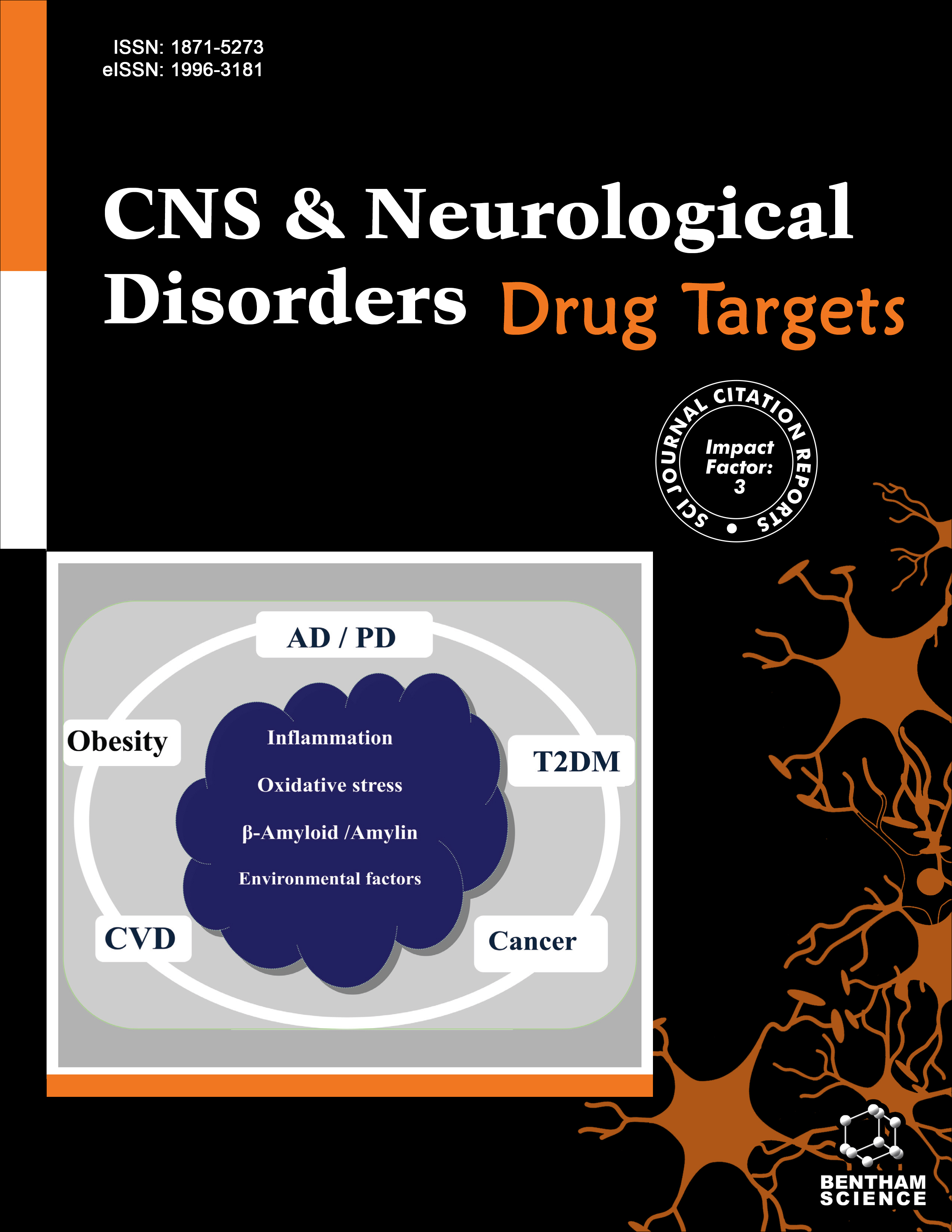
Full text loading...
We use cookies to track usage and preferences.I Understand
A family of peptides known as bioactive peptides has unique physiological properties and may be used to improve human health and prevent illness. Because bioactive peptides impact the immunological, endocrine, neurological, and cardiovascular systems, they have drawn a lot of interest from researchers. According to recent studies, bioactive peptides have a lot to offer in the treatment of inflammation, neuronal regeneration, localized ischemia, and the blood-brain barrier. It investigates various peptide moieties, including antioxidative properties, immune response modulation, and increased blood-brain barrier permeability. It also looks at how well they work as therapeutic candidates and finds promising peptide-based strategies for better outcomes. Furthermore, it underscores the need for further studies to support their clinical utility and suggests that results from such investigations will enhance our understanding of the pathophysiology of these conditions. In order to understand recent advances in BPs and to plan future research, academic researchers and industrial partners will find this review article to be a helpful resource.

Article metrics loading...

Full text loading...
References


Data & Media loading...

